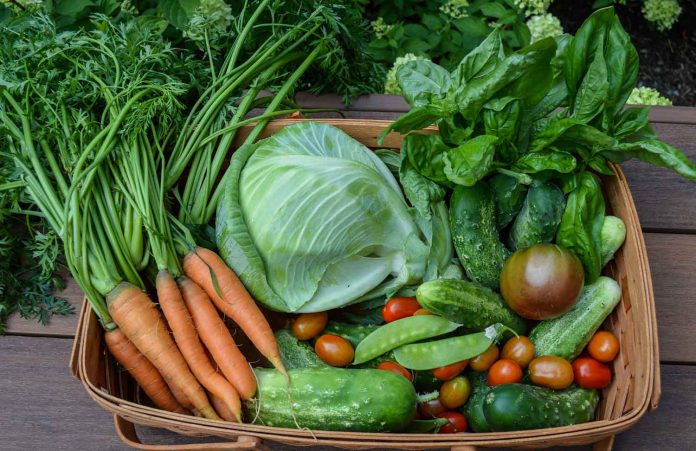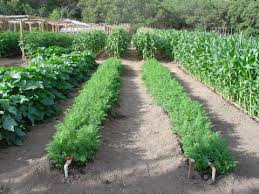

Typically, people new to organic gardening are excited by the whole concept of “organic,” but don’t know where to start. I remember when I first got the organic “fever”; I was so excited to “discover” many things—not realizing immediately that organic gardening has been around since creation. I was reading everything I could find on the subject. Some articles were very entertaining but gave little practical information. Other articles seemed to focus on a particular product as being the miraculous answer to all gardening problems. I remember early on in my learning curve, reading an extremely interesting article about liquid organic fertilizer. It made a lot of sense and I was sold on the product, ready to run out and buy it. Problem was, I hadn’t even planted anything yet!
I put on the brakes and backed up a bit, but still eagerly absorbed the guiding principles for organic growing that enabled me to be successful. In retrospect, I always recommend to anyone who is just discovering organic gardening to start on a small scale. Container gardening, for example, is a perfect place to start. You can move your container easily to protect it from the elements, even indoors!
The 3 R’s: Research, Read, Repeat
Different types of plants have different growing requirements, so it is imperative to know — in advance of planting — in what conditions your intended crop will thrive. This is the most basic principle but often the most overlooked. You cannot rely on store personnel to know about even the most basic facts about the plants their store carries – they’re cashiers, not horticulturalists.
By following the 3 R’s you will avoid a lot of potential plant problems, plus, you’ll save yourself time, money, and aggravation. It’s much easier to learn about how to grow fat nutritious organic tomatoes after you have learned what soil and sun requirements tomatoes have, than to re-buy and replant seedlings because you skipped this important step.
Follow The Rules
You can’t be successful if you cheat or take shortcuts. You might be tempted to think you can add a chemical to make your plants grow faster or taller. Read that sentence again. Do you see that word “chemical”? The use of chemicals is the opposite of organic. We want to assist you in growing gorgeous plants and healthful veggies. We don’t promote or support the use of chemicals. When chemicals are added to the soil to induce artificial growth or color they destroy the very life needed to grow! The essence of Organics is: No Chemicals. Ever.
(Besides, if you think you can ingest chemicals without any adverse effects, you’ve been woefully misled!)
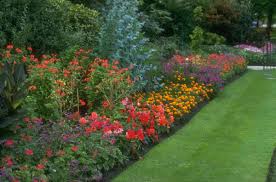
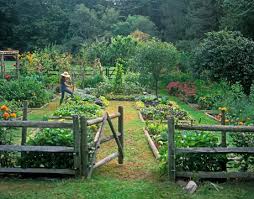
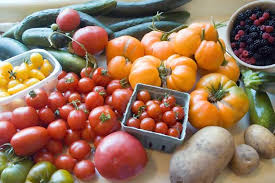
You Can’t Create Life
When you get right to the heart of the matter, you can’t create a tomato. All you can do is plant a little tiny seed, give it what it needs to grow. In my ignorance I used to repeat that tired old cliché, “Life begins in the soil.” Well, that’s only half true. While the plant may start to grow in the soil after planting, it’s the life in the soil that enables a plant to flourish. Micro- organisms such as fungi, bacteria, protozoa and nematodes convert organic fertilizer into energy for your plants to grow.
The Natural Way…
Okay, the word is incredibly over-used, but, as far as gardening goes, organic is truly natural. You won’t find deadly chemicals occurring naturally in any landscape. If you’re ready to pursue an organic lifestyle, then you need to start by doing some housecleaning. Yep, I said housecleaning. I suggest finding a good bio-degradable bag and, starting under your sink bag up all the chemicals to kill bugs and weeds. Then, progressing to your basement, garage, or utility shed, the goal is to collect them all and get rid of them! This is an act of commitment. If you’re ready to commit to growing healthy and nutritious food, then you need to get rid of any and all the poisons that might have an effect on your garden.
Okay, so you have a bag of toxic substances in hand, and you’re walking out to your garbage can… Suddenly you realize that there might possibly be a safety issue concerning the disposal of this stuff.
Whoa.
If you have to consider how to safely dispose of a product, why would you even want it in your home? Lawn and garden chemicals are some of the most toxic substances on the market, and there is so much compelling evidence of health risks that some states have outlawed the use of chemicals on school property. People claim to be going “green,” but they’re still buying lawn chemicals. Go figure.
Allow yourself time to learn. Remember that the organic approach to gardening is a process and not an event. Before we advance to the Basics of Container Gardening, our next step in the process, let’s do a quick review of the 3 T’s: Research the plants you want to grow; read about the soil and sun they need. How much water do they need? How big are they going to get? Take notes! Then go shopping.
Ask my wife and she will tell you that I would sooner be tortured than have to endure the weekly trip to the grocery store with our four year old and six year old girls. However, I need no persuasion to go shopping for new pots or trellis’s or plants. I love everything about being outdoors with my little portion of nature. Once you’ve reviewed what plants you want and what size pots you need, go check out your local garden center or nursery. Inquire about soil amendments. Explain that you are growing organic container produce and you don’t want anything that has been irradiated. You want to buy composted plant (such as cotton burr) or animal (cow, chicken or horse manure) material. The keyword is composted. Good compost is rich and dark, and smells earthy. If you pick up a bag of compost and it stinks (and I realize that’s a personal opinion) then you don’t want it.
Compost should never smell foul or rancid. If it reeks, leave it there. You can also leave generic potting soil there too. There is no life in potting soil; it’s totally dead. Plain old potting soil is totally inappropriate stuff to grow anything organically. If you look closely at the ingredients of a typical bag of potting soil you will see that a majority of the product is made up of ground up tree bark, and contains large chips of wood. The second most common ingredient is sphagnum peat moss which has more effective at adding bulk to the bag than contributing anything beneficial to your plant’s nutrition. All these ingredients are then sterilized by radiation to kill off all the nasty bugs, larva, bad bacteria, and a variety of seeds. This also kills off beneficial micro-organisms that your plant needs to convert organic fertilizer into energy for growth. That’s why they have to juice it up with synthetic chemicals to produce growth. Now that you know, it’s up to you to tell someone else; pay it forward.
You’ve made it home and now you are ready to do the actual transplanting. Don’t buy any plant unless you are committed to planting it within six hours of buying it. It’s best to plan so you can come home and do it right away. Your new plant has gone through a lot of stress and needs to get settled in as soon as possible. You’ve got your plant, your new container, your composted soil mixture, some organic fertilizer, your hose, and you are ready to plant!
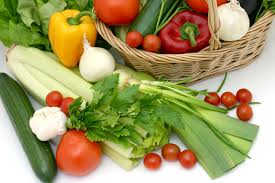

Years ago when I first started, I used to make the mistake of placing my plants too low in the new container. Don’t make this mistake or you might kill your plants; a good rule of thumb is to place enough soil in the bottom of your new container so that when you set in the plant the top of it doesn’t extend above the ridge of the container. When it is set in properly, add some dry fertilizer near the roots fertilizer. Back fill the container being careful to stop about an inch below the top of the transplant. This is how important it is not to cover over the top of you plant. It may look strange, but let it settle for a couple of days after being watered then back fill a little more if needed.
Well done! You are on your way. Continue to read more about your favorite container plants. Start keeping a garden journal. There’s nothing quite as aggravating as trying to remember what was used last time you transplanted something. Enjoy your plant’s blooms or fruit more than once by supplementing your journals with digital photos.



